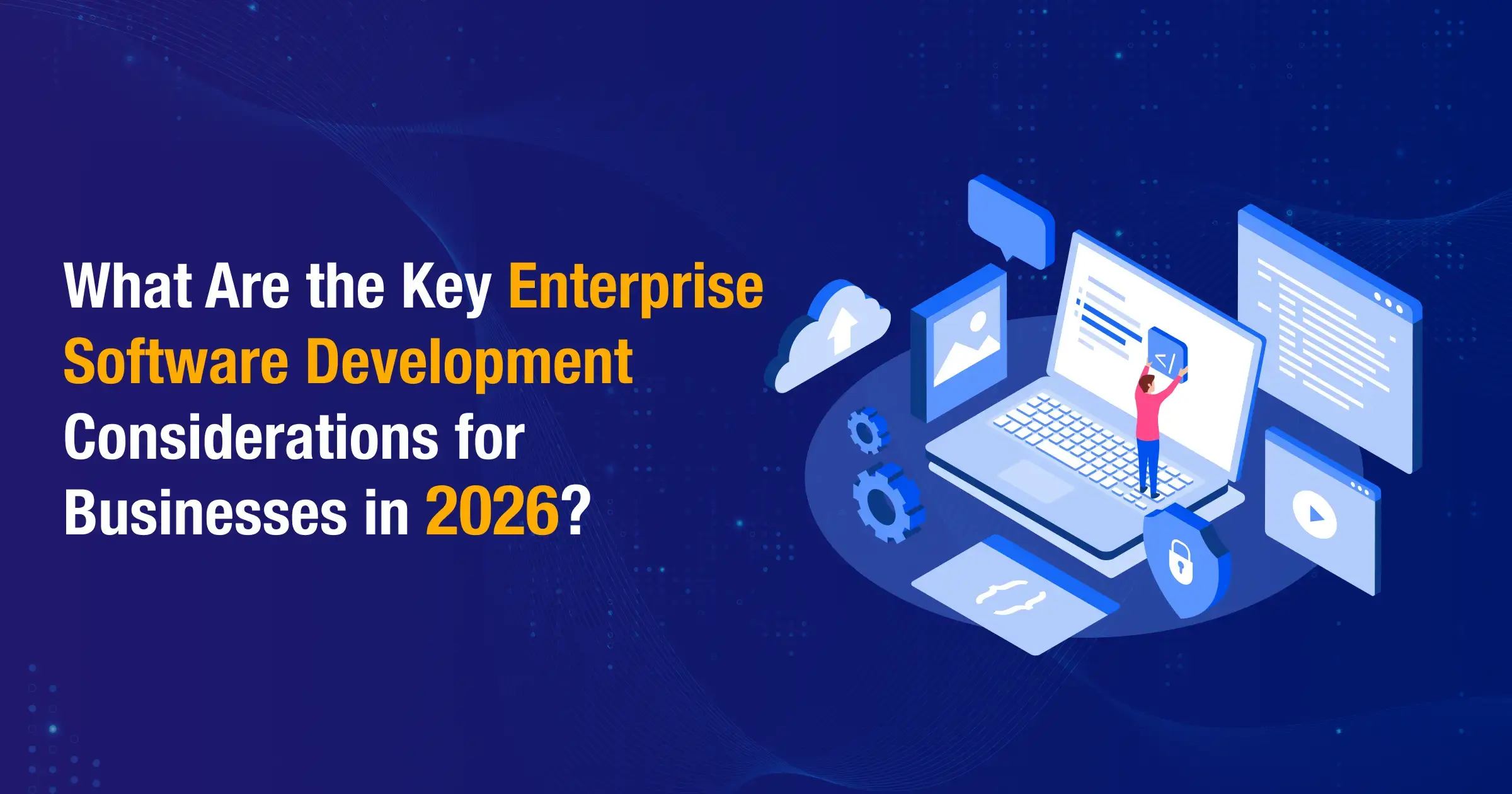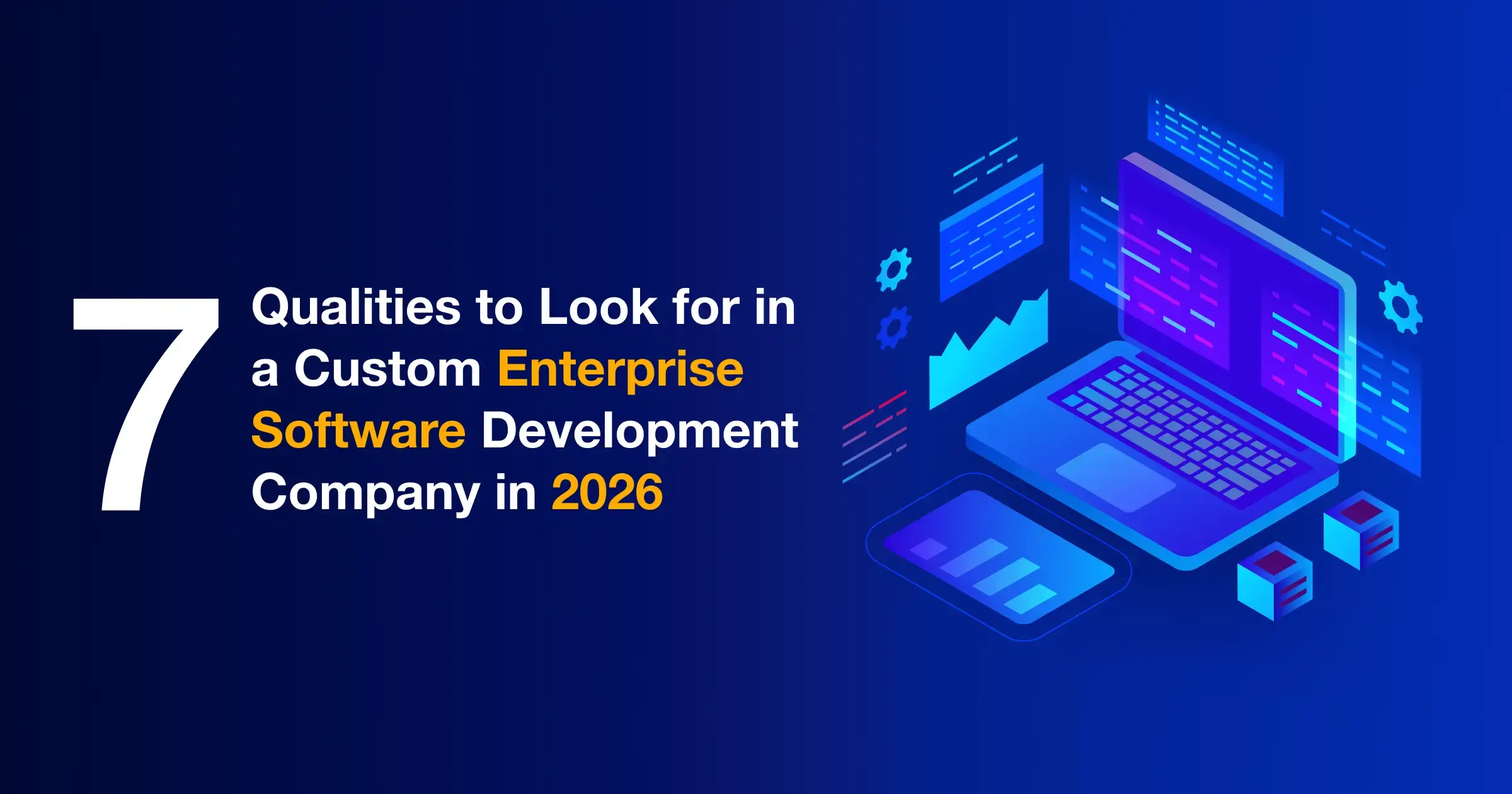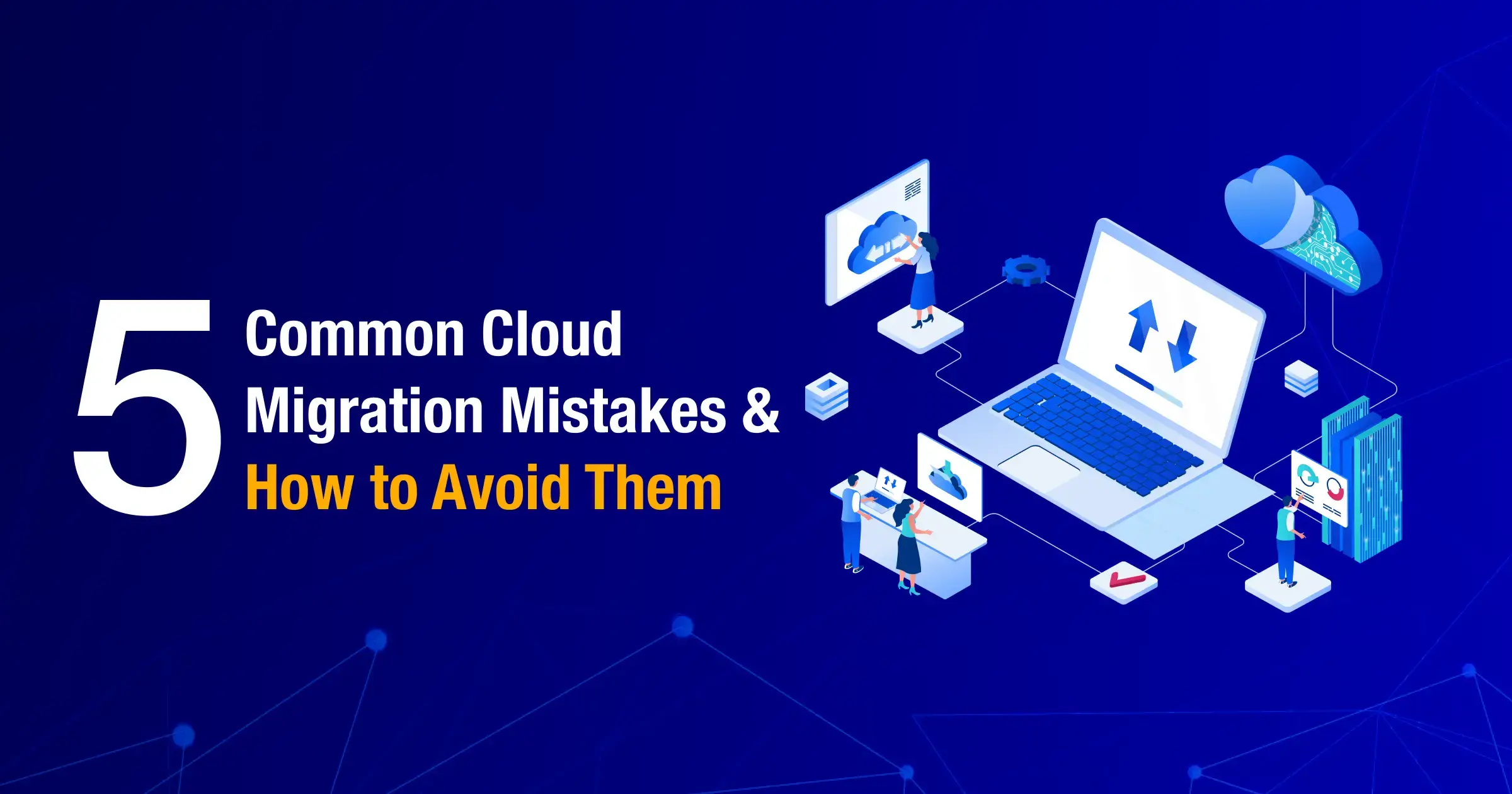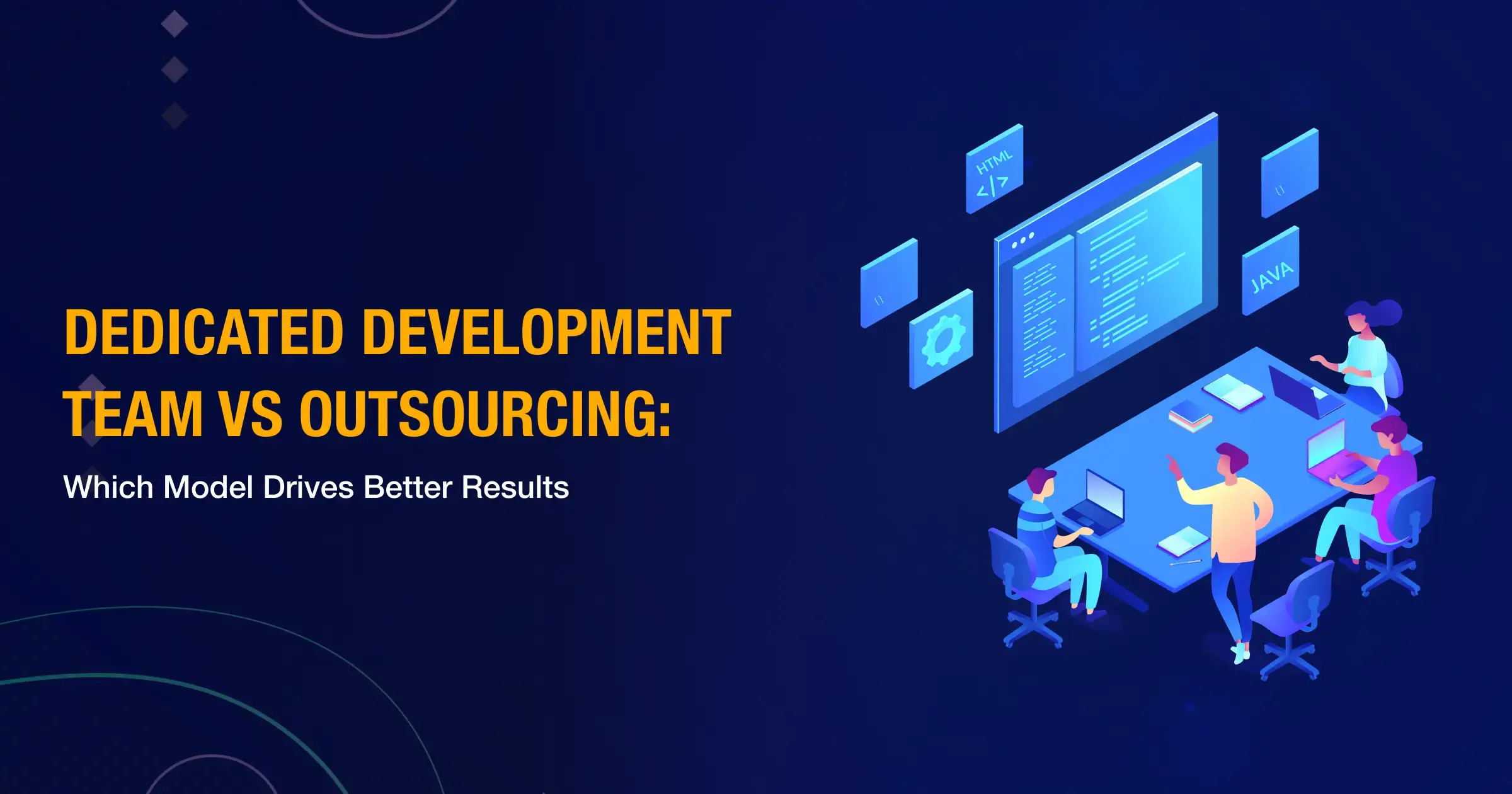Posted by Tech.us Category: AI Digital Transformation Business Trends
We are a team of technology experts who are passionate about what we do. We LOVE our customers. We LOVE technology. We LOVE helping you grow your business with technology.
Artificial Intelligence Services
Machine Learning Solutions
Generative Al Companies
Robotic Process Automation
Natural Language Processing
Chatbot Development Services
Enterprise AI Solutions
Data Annotation Services
MLOps Solutions
IoT Solutions
Data Mining Solutions
Computer Vision Services
Custom LLM
AI Agents
Agentic AI Development
Custom Software Development
Enterprise Software Solutions
Software Development Services
Website Development Services
Software Product Development Services
SaaS Development Services
Mobile App Development Services
Custom Mobile App Development
IOS App Development
Android App Development
Enterprise Mobile App Development
Hybrid App Development
Software Development Outsourcing
Dedicated Development Team
Staff Augmentation Services
IT Outsourcing Services
Data Analytics Services
Data Analytics Consulting Services
Business Intelligence Solutions
Software Modernization
Application Modernization Services
Legacy System Modernization
IT Security Solutions
Cyber Security Solutions
Cyber Security Managed Services
HIPAA Compliance Cyber Security
Cloud Application Development
Custom Web Application Development
Cloud Consulting Services
AWS Cloud Consulting Services
Enterprise Cloud Computing
Azure Cloud Migration Services

POPULAR POSTS
01
How To Improve Document Processing Accuracy Using Document AI
02
The Guide to Chatbot Development & What to Seek while Hiring a Company
03
Understanding Natural Language Processing: The What? The How? and The Why?
04
11 Proven Benefits of AI Chatbots for Businesses in 2025
05
A Complete Guide to SaaS Product Development
Posted by Tech.us Category: AI Digital Transformation Business Trends
Digital transformation has become a popular buzzword among CEOs, senior executives, business leaders, and entrepreneurs in the past several years. Everyone appears to have a story of how their organization undertook a digital transformation project.
However, only a few can provide reasonable examples of digital transformation applied successfully. According to McKinsey, only 14% of respondents reported that their efforts made significant improvements.
Technology nowadays is accelerating at a pace that puts pressure on companies to begin implementing major transformations to satisfy consumer demands. With brand new technologies constantly being introduced, digital transformation has become increasingly essential for businesses that want to keep up with their competition.
What are the elements required to ensure successful digital transformation? In this post, we look at four key components that lead to successful transformation projects.
Digital transformation is often seeded with conversations on how to improve the services or performance of a company through new digital technologies. Perhaps implementing artificial intelligence (AI) can be used to improve customer experience. Maybe blockchain technology can enhance cybersecurity.
Although these ideas are valuable, no one technology can provide the innovation and outcomes your organization needs. That is why such proposals should not be the basis for the digital transformation strategy of a company. Rather, digital transformation succeeds when it is guided by a broader business approach and when its goals have been clearly defined.
According to McKinsey, the organizations that were able to accomplish successful digital transformation only prioritized a handful of digital themes. Aspects such as improving the customer journey and increasing productivity were common. They then linked these themes to their essential business goals and outcomes.
Also included in the process is accountability for these outcomes. Doing so allowed everyone in the organization to share a sense of responsibility in meeting their objectives.
To succeed in digital transformation, avoid prioritizing certain technologies. Begin with your business outcomes and then work backward.

Technology changes rapidly. What was once a trend can be outdated in a matter of months, replaced by a system that does not operate in a similar manner.
Given the immediate pace, developing a multi-year digital transformation process without considering performance goals and investment requirements is not a smart move.
Instead, leaders should check in and be ready to make regular adjustments each month. Adaptive execution is a crucial part to succeeding at digital transformation. This approach allows projects to adapt while staying on track to accomplish the overall objectives.

Besides adaptive execution, success in digital transformation can be realized through an agile approach to implementation. This enables risk-taking, collaboration, and innovation across different parts of the organization.
Provide employees with the tools they need to make decisions, allowing them to fail and learn from their errors. Internal staff have in-depth knowledge of what works, so encouraging them to provide input is better than one-size-fits-all practices.
The opposite of an agile methodology is where employees are risk-averse and confined to their own business areas. This prevents the type of broad collaboration that is necessary for positive transformation.

Digital transformation involves making changes to every aspect of an organization. This is why having the right talent and leadership in place is important.
In an earlier McKinsey survey, one of the findings concerning transformation success was having a leader in the management team who was knowledgeable with digital technologies.
In a few cases, the chief digital officer was capable of supporting the transformation. In others, companies found success when their leaders were introduced to individual initiatives. Whichever the case, the chosen leaders were committed to implementing change full time, which often led to digital transformation success.

Now that you know the four elements of digital transformation, what is in store for it in the future? To navigate this unpredictable realm, you need to be aware of the trends that are shaping up for this year.
The world is not done with cloud computing just yet, as its focus has shifted to leveraging this technology better. Hybrid cloud solutions will gain more traction in terms of security, speed, cost benefits, and scalability.
A multi-cloud approach will eliminate obstacles among providers and reduce vendor lock-in. Furthermore, involving technologies such as AI in the cloud is going to enhance the speed and efficiency of cloud computing.
Cloud technology will eventually deliver services related to movies, gaming, and music to improve user experiences. The COVID-19 pandemic has proven that cloud technology is a crucial backbone of app-based ecosystems and the data-driven world. In 2021, it will bring more investments since it has been instrumental in modern data systems.
Enterprises will also start preferring multi-cloud computing over a single cloud approach. Likewise, the advantage of handling multi-cloud systems can be complicated when there is a need to move the workload.
This is the reason why companies are leaning more towards API-led application development, containerization, microservices, and dockers. In cloud computing, multi-cloud is the way to go.

AI allows for data analytics, big data, insights, and data highways to be smarter due to automated detection. It will start redefining customer experiences. Chips enabled by AI will have enhanced performance while quantum AI will bring about qubits.
With the emerging hybrid workforce, artificial intelligence is going to lead to improved cybersecurity solutions. These will be more focused on dealing with data breaches. Meanwhile, AI-based monitoring and hyper-automation for companies can help companies integrate smart tools.
This year, AI-driven biometrics, conversational AI, automated machine learning, and RPA will likely be trending. Together with the Internet of Things (IoT), AI is going to revolutionize the technology landscape and will bring in more capabilities in gathering actionable insights.

The unprecedented connectivity and speed of 5G technology is going to bring improved capabilities by providing more opportunities within the business world.
With the connected economy today, 5G will be able to unlock digital transformation potential by being the primary building block for innovation. It can also act as the foundation of a modern business, with benefits including connectivity for smartphones, vehicles, entertainment, and streaming.
Additionally, 5G is expected to positively impact industries and elevate user experiences. The rise of the remote working setup, digital collaborations, and video conferencing across domains has highlighted the dire need for increased bandwidth and reliable connectivity. The role of this technology is going to be essential in streamlining and bringing remote work cultures to new horizons.
Nonetheless, WiFi 6 will also provide better security, battery consumption, efficiency, and lower latency.

Blockchain links data by way of blocks by utilizing a process known as cryptography. This year, blockchain is going to rise past crypto and will play a crucial role in cybersecurity. It is going to interface with artificial intelligence and provide better decision making by guaranteeing confidentiality.
Furthermore, this technology is going to mature among public, private, and hybrid blockchains. From startup enterprises to government organizations, companies will start looking at blockchain adoption in the near future.

Anything as a Service, commonly called XaaS, is going to be one of the top technology trends in 2021. This model not only reduces expenses but also simplifies the deployment of technology.
XaaS is beginning to gain traction since the services that are to be delivered can be accessed immediately on the cloud. Since data is now more precious than ever, big data is going to be a major force that brings about XaaS.
XaaS can help companies minimize costs by opting out of services that require subscriptions. They also adapt immediately to dynamic market conditions by speeding up new business processes and applications.
Through the XaaS model, businesses can begin streamlining operations while diverting additional resources towards innovation initiatives. The approach can help transform companies digitally and help make them agile.
Organizations that fail to start leveraging XaaS may likely lose out to their competition in 2021.

With Industry 4.0, data is going to be the new oil. Big data is the influx of information by way of complex data sets that are hard to compute by way of traditional data processing applications.
This year, big data is going to experience a rise in artificial intelligence, edge analytics, and quantum computing. Chief Data Officers (CDOs) are going to find their roles gaining prominence. Enterprises are going to start preparing clear data governance strategies and upgrading their data-crunching tools.
The scope of big data is going to overcome challenges related to data volume, data security, data integration, data explosion, and unstructured data. Although the shortage of skilled workers continues to exacerbate the situation, these challenges will be addressed this year.

When automation is introduced in enterprise resource planning (ERP), business processes will become significantly more robust through agile development. That is why ERP incorporates every facet, including order processing, customer service, human resources, purchases, sales and marketing, project management, finance and accounting, inventory, and engineering.
This year, ERP is going to be more customer-focused. Additionally, robotic process automation, GPS tracking, predictive analysis, RFID, robotics, and big data analytics are going to be drivers to push digital transformation onwards.

Another possible trend in digital transformation is the introduction of conversational and voice user interfaces. According to HubSpot, 40% of Google search queries are made through voice, and 40% of Google users are looking to purchase smart speakers.
It is highly important to consider the growing usage of voice assistance. Compatible hardware will eventually be used for both operational and marketing purposes.

Learning from the mistakes of others is always beneficial. Do not assume that your digitization is going to automatically become real. Rather, you should consider how you might handle the following concerns proactively:

The business world cannot stop talking about digital transformation, and in the coming years, you can expect rapid growth of digital initiatives across all industries. The COVID-19 pandemic has catapulted digital transformation to a point where it can no longer be ignored. Many business leaders, CEOs, and executives have already made such transformation a priority.
As you plan to reimagine your organization, it is vital that you consider a framework that incorporates the four elements of digital transformation above. Without them, you may end up risking investments in ventures that are basically a waste of time and money.
Finally, it is also necessary to learn and understand the upcoming trends in digital transformation. Equipping yourself with such knowledge can help you make more educated decisions in the future.


Creating a Successful Mobile App for Your Company

How CEOs Can (And Should) Ensure The Success Of AI...
Get Free Tips
NEWSLETTER
Get Free Tips
Submit to our newsletter to receive exclusive stories delivered to vou inbox!
Thanks for submitting the form.
RECENT POSTS

What Are the Key Enterprise Software Development Considerations for...

7 Qualities to Look for in a Custom Enterprise Software Development...

How to Find the Best Custom Enterprise Software Development Company in 2026

5 Common Cloud Migration Mistakes and How to Avoid Them

Dedicated Development Team vs Outsourcing: Which Model Drives Better...
We are a team of technology experts who are passionate about what we do. We LOVE our customers. We LOVE technology. We LOVE helping you grow your business with technology.
Our Services
Talk to US